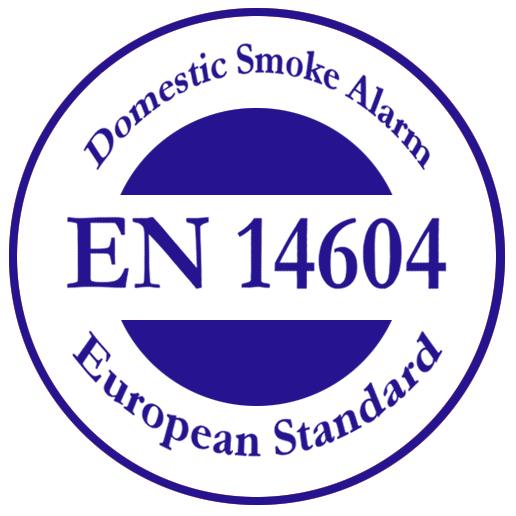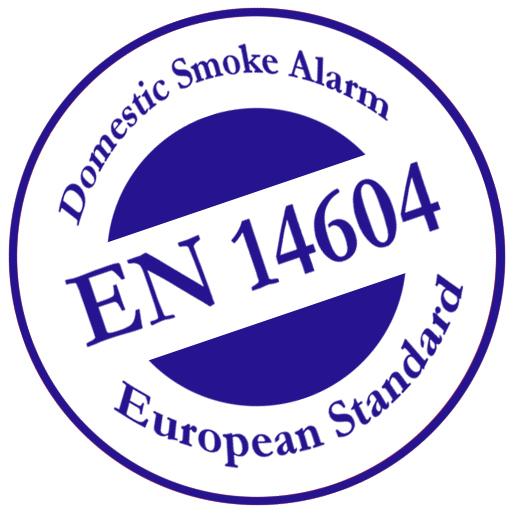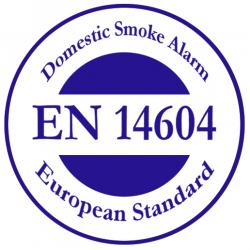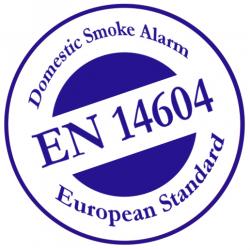How are Smoke Detectors tested for EN14604 Domestic Use
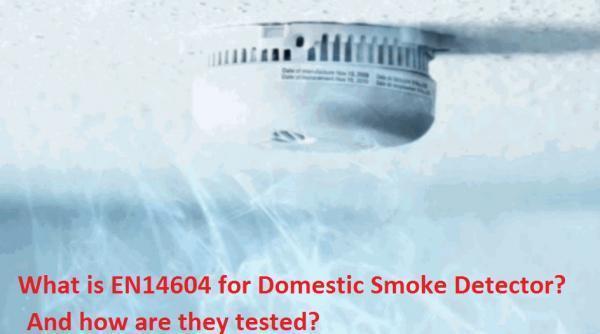
Smoke detectors in the household is important for alerting occupants of fire hazards and saving lives. In order to conform and certify to EN14604 standard, smoke detectors need to pass a series of tests by third-party compliance laboratory to obtain the industry standard. Such certification is also a testament of the detector’s quality & reliability.
Every fire has different signatures & characteristics, depending on the materials burned, ventilation & conditions. There could be huge smokes with varying density. Technicians at the lab simulate this by placing the smoke detector in a smoke tunnel that sends controlled smoke flow. During this process, smoke flow changes direction to test the smoke detector’s sensitivity from all directions.
In addition, the smoke detector will be put under test for smokes with different properties such as burning. Plastic polyurethane, liquid heptane, wood and cottons are all burned in a closed environment to test the efficiency of the detector. It will then be tested to see how long it takes to sound the alarm, and if the alarm generated is loud enough, above the threshold of 85dB at a standard distance of 3 metres.
Besides its most important detection function, the exterior and the components also need to be able to withstand element changes such as temperature variance & sunlight. To simulate this test, a thermostat will raise the temperature to 55 degrees Celsius before cooling it down to 0 degrees Celsius. Humidity will also be altered to mock the real environment, along with bright light.
Then the next step is to test for its impact resistance. The device itself must be sturdy enough to be dropped from a height, hit by objects, withstand vibration & electromagnetic fields.
Last but not least, if the device is battery-powered, a low-power warning needs to be provided. Audible signals should be given to the user one month before end of operation. It should also monitor the backup battery status and alert the user of any potential issue.
For all these stringent requirements, Key Security is able to meet your demand. For any OEM/ODM projects, please contact us for more information.
